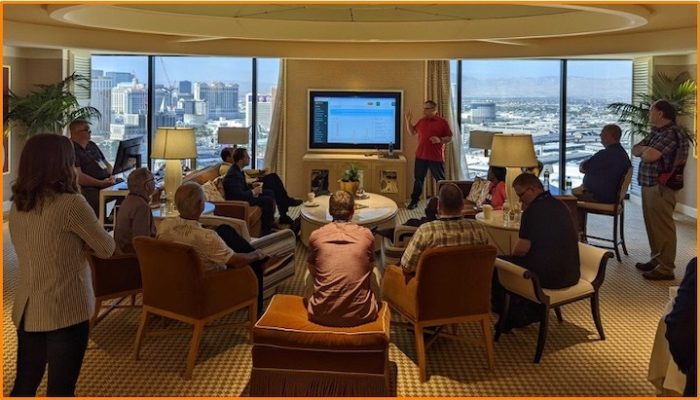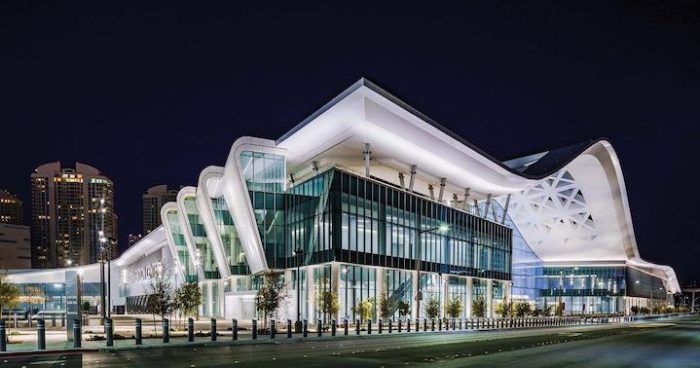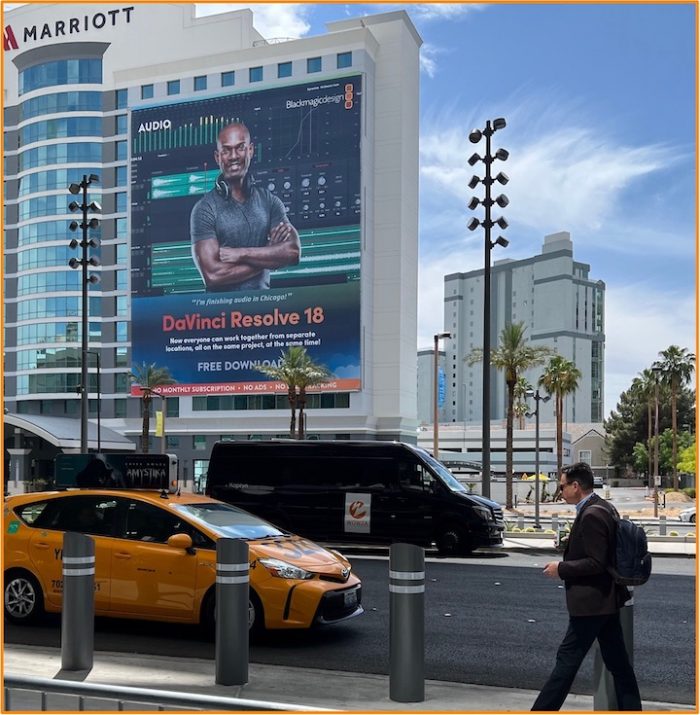Key Takeaways From NAB 2022

The 2022 NAB Show came back in full force this year after an unfortunate COVID-induced hiatus. Though attendance was understandably smaller — 52,468 compared to 91,460 in 2019 — the show’s atmosphere felt like a reunion. The energy in the room was palpable; the streaming media and broadcasting communities were clearly excited to come together again after two years apart.
My Initial Thoughts
NAB 2022 started on a Sunday, which was unusual, but it enabled a great deal of vendor-to-vendor traffic as folks settled in. Monday and Tuesday brought in the buyers and deeper conversations until visitors began to depart on Wednesday.
Though smaller in numbers, the overall quality of conversations was higher than I’ve experienced in past years. There was genuine engagement and intent beyond merely seeking information. The Wowza Video launch also received a gratifying response; current and prospective customers alike mentioned how impressed and excited they were by the product’s new direction.

The new West Hall at the Las Vegas Convention Center housed most of the streaming technology companies, though it had far fewer booths than the old South Hall, which was not used at all this year (presumably in an effort to concentrate the traffic into a smaller space). I think many companies adopted a wait and see attitude and used an offsite meeting suite rather than a booth. Those suites were busier than ever, including the Wowza suite at the nearby Encore Hotel. The ability to conduct demos in a relaxing environment was a huge advantage that reduced our number of “drive-by” interactions and replaced them with more engaging meetings.
Speaking of the West Hall — though a genuinely nice space — it’s inconveniently far from the North and Central Halls in the main building. It was more of a destination to talk with specific vendors than a place to wander and discover new things despite the novel Tesla Loop that gets you from one end to the other.

Trends I Noticed This Year
The conference highlighted several major industry trends:
- 4K (and in some cases, 4K HDR) has become the new normal as countless productions are now using that workflow. The next steps are 8K workflows and immersive audio. Even though there are few 8K displays, the capabilities to capture content in this resolution — particularly in XR workflows — are advancing quickly and provide an unparalleled experience. It’s equally important to note that 8K technologies are also improving HD and 4K experiences. This advancement allows content producers to reframe and crop shots without losing resolution, maintaining detail, and taking advantage of ultra-high resolution LED panels in virtual production scenarios.
- Virtual production with Unreal and Unity-generated backdrops, shot using LED walls with in-camera rendering for real-time composting and green screens, has come of age. Examples include the Discovery+ Cube and BBC Sports’ virtual Wimbledon studio, demonstrating how hyper-realism is achievable in a digital environment. Virtual production is proven to generate savings in both time and money, as well as create immersive and engaging viewer experiences.
- Remote production is becoming increasingly popular as the industry rapidly migrates to the cloud. Leveraging innovation inspired by COVID travel restrictions, remote production is witnessing remarkable progress in areas like robotic cameras, AI-controlled cameras, cloud switching, cloud graphics and editing, and cloud and software-defined storage that make content accessible from anywhere. In conjunction with virtual production, remote production is defining a new era of event streaming.

My Predictions
We’ve seen some impressive mergers and acquisitions over the past year in the M&E sector, particularly between content providers. I predict there will be a wave of consolidation amongst technology vendors this year: companies that offer point solutions or technologies for a specific section of the streaming workflow have a lot to benefit from joining forces, especially. As more companies seek to build complete end-to-end platforms, it makes sense to bring that technology in-house.
It seems many companies are looking for exit opportunities, but just as many are hoping to make acquisitions to strengthen their position — certainly more than I’ve encountered in previous NAB shows. I’m eager to see the event’s effects on the media industry!
FREE TRIAL
Live stream and Video On Demand for the web, apps, and onto any device. Get started in minutes.
- Stream with WebRTC, HLS and MPEG-DASH
- Fully customizable with REST and Java APIs
- Integrate and embed into your apps




